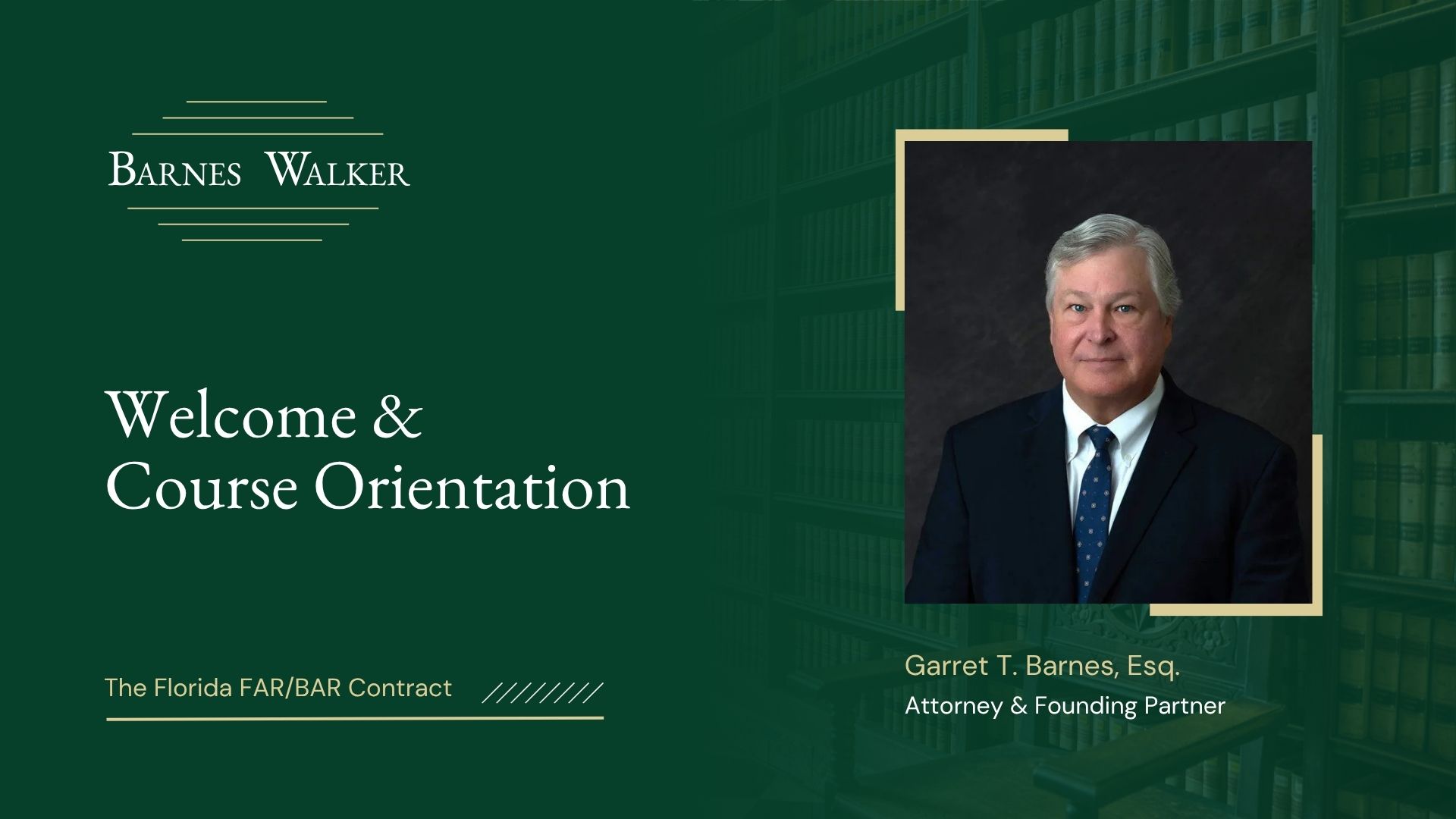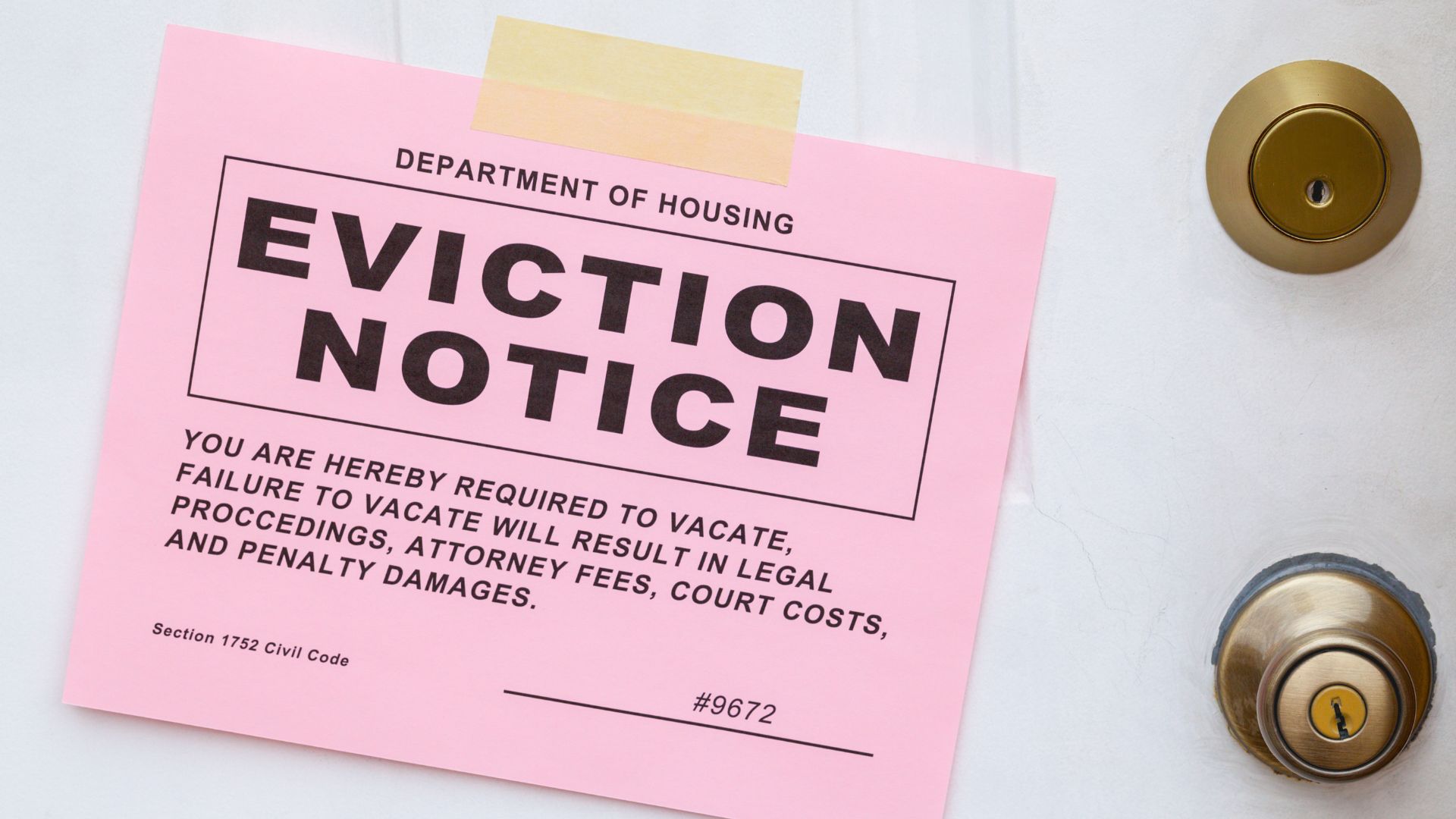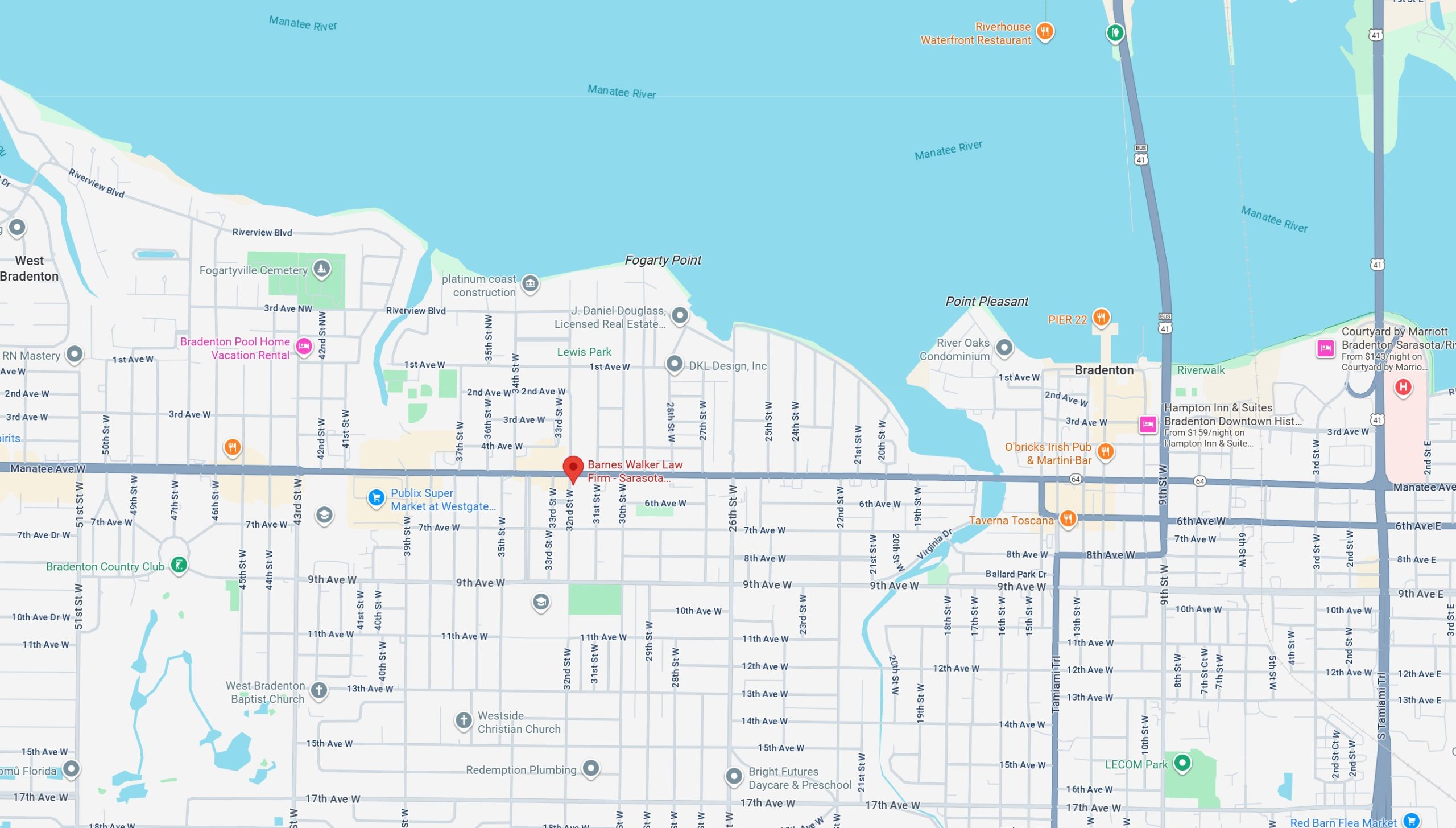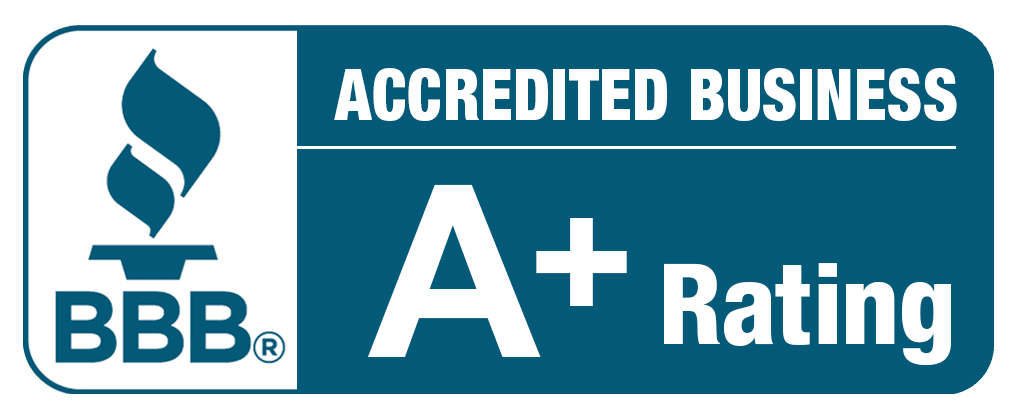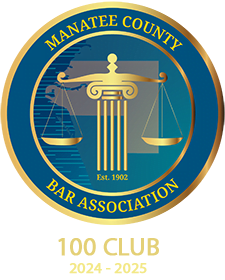
For realtors and homeowners, buying or selling a condo in Florida used to be simpler. You’d focus on the countertops, the view, and the amenities. But today, the most important part of a condo sale isn’t the “walls in”—it’s the financial and structural health of the entire building.
Think of it this way: You’re not just buying a condo. You’re buying a share of a complex, multi-million dollar corporation. You’re buying its assets, its roof, its foundation, and, most importantly, its debt. 😬
That’s where the Condominium Rider (FAR/BAR Form CR-7) comes in, or what we call the “condo rider”. It’s no longer a simple addendum; it’s the buyer’s most powerful tool for discovery and the seller’s most critical liability.
Recent changes to Florida law (F.S. 718) have put some serious teeth into this document. Using an old rider is like bringing a map from 1990 to navigate Bradenton in 2025. You will get lost, and your deal will likely collapse.
So, What Exactly Is a Condo Rider?
Before we dive into the juicy updates, let’s nail the basics. A ‘rider’ (or addendum) is simply an extra document attached to your main real estate purchase contract (like the standard FAR/BAR contract). It adds specific terms for unique situations.
The Condo Rider is mandatory for every condo resale in Florida because condos have complexities that single-family homes don’t – namely, the Condominium Association, shared expenses, and collective responsibility for the building itself.
Why This Is a BFD (Big Florida Deal)
In the wake of the Surfside tragedy, the Florida legislature enacted sweeping reforms to ensure condo buildings are structurally safe and financially prepared for major repairs. The Condo Rider was updated (specifically Forms CR-7 and CRSP-16 recently) to force this transparency into every single resale transaction.
The most critical change? Section 10. This new section requires sellers to formally disclose the existence (or non-existence) and provide copies of three critical reports related to the building’s structure and finances.
Failure to provide these documents correctly, or using an outdated rider, gives the buyer a powerful “get out of jail free” card.
The Buyer’s New Superpower: The 3-Day Void (Maybe Longer!)
This is the part every realtor, buyer, and seller must understand.
The updated Condo Rider, mirroring the Non-Developer Disclosure section of the law, grants the Buyer a 3-business-day right to void the contract after receiving these newly required documents (Milestone, SIRS, Turnover). (Note: Recent July 2025 updates to some forms extended the general condo doc review period to 7 days, but the specific right tied to these structural reports often remains 3 days. It’s confusing! Always use the absolute latest, attorney-approved forms and read the fine print for your specific transaction).
- How it works: The voidability clock starts ticking only after the buyer receives the last required document, including these new reports.
- The “Oh No” Moment: If a buyer signs the contract on Monday, gets the regular condo docs Tuesday, but doesn’t get the “Structural Integrity Reserve Study” until Friday… that 3-day clock might not start until Friday. If that SIRS shows a $5 million concrete repair is needed, but the association only has $50,000 in reserves, the buyer can likely say “No, thank you” next week and walk away scot-free, getting their deposit back.
The “Big Three” Reports: Your Condo’s X-Rays 🩺
Section 10 forces the seller to get, and provide, these three reports if the association is required by law to have them.
1. The Milestone Inspection Report
- What It Is: Think of it as a mandatory, head-to-toe structural physical for aging buildings.
- Who Needs It: All condo buildings 3 stories or taller once they hit 30 years old (or 25 years if within 3 miles of the coast). Inspections are then required every 10 years.
- What It Tells You: A state-licensed engineer or architect has visually inspected the building’s load-bearing walls, floors, and primary structural systems. Crucially, it identifies if there’s “substantial structural deterioration.”
2. The Structural Integrity Reserve Study (SIRS)
- What It Is: This is the “Show me the money!” report. It’s a financial x-ray looking into the future.
- Who Needs It: All condo associations for buildings 3+ stories tall must have one completed by Dec 31, 2025, and updated every 10 years.
- What It Tells You: This study lists major structural components (roof, load-bearing walls, foundation, plumbing, electrical, waterproofing, etc.), their estimated replacement cost, and remaining useful life. Most importantly, it dictates how much money the association must collect in reserves for these items. Critically, funding these specific reserves can no longer be waived or reduced.
- Why It’s Critical: This reveals if the association is financially healthy or if massive special assessments are almost guaranteed.
3. The Turnover Inspection Report
- What It Is: This is “the developer’s goodbye gift,” detailing the building’s condition at turnover.
- Who Needs It: Only relevant for associations recently turned over from the developer.
- What It Tells You: An engineer’s report on the condition of the structural and mechanical components when the developer handed over control. It sets a baseline.
What This Really Means for You (The Cheat Sheet)
For Realtors:
- Your Job: You are the quarterback. Your #1 priority before listing is to confirm with the seller/association if these reports are required AND obtain copies.
- Your Risk: Using an old Condo Rider isn’t just sloppy; it’s a potential deal-killer and liability nightmare. Assume every rider has been recently updated.
- Your Strategy: Get the latest CR-7 or CRSP-16 Addendum F. Have the seller complete Section 10 accurately before accepting offers. Provide all docs upfront to start that buyer clock ASAP.
For Sellers:
- Your Job: This is non-negotiable homework. You must proactively contact your Condo Association or property manager. Ask: “Are we required to have a Milestone Inspection and SIRS? Have they been completed? Can I have copies?”
- Your Risk: Ignorance isn’t bliss. If you fail to disclose or provide required reports, the buyer could walk days before closing. You must be truthful on the rider.
For Buyers:
- Your Job: You (and ideally your attorney) must review these reports the second you get them. Don’t just skim!
- Your Power: That 3-day window (or potentially longer, check your contract!) is your escape hatch. If the Milestone looks scary or the SIRS shows reserves are desperately underfunded, use your voidability right.
- Your Protection: This is the only real way to know if your seemingly reasonable condo fee is about to be dwarfed by a surprise $40,000 special assessment next year.
A clean, current contract is the bedrock of a smooth closing. As a real estate law firm specializing in property transactions and title, our focus at Barnes Walker is ensuring that bedrock is solid before you get to the closing table, protecting you from costly surprises.
Disclaimer: The information and opinions provided are for general educational, informational or entertainment purposes only and should not be construed as legal advice or a substitute for consultation with a qualified attorney. Any information that you read does not create an attorney–client relationship with Barnes Walker, Goethe, Perron & Shea, PLLC, or any of its attorneys. Because laws, regulations, and court interpretations may change over time, the definitions and explanations provided here may not reflect the most current legal standards. The application of law varies depending on your particular facts and jurisdiction. For advice regarding your specific situation, please contact one of our Florida attorneys for personalized guidance.
Visit our legal department pages:
Real Estate Attorneys
Business Attorneys
Litigation Attorneys
Estate Planning Attorneys
Inheritance Attorney
Probate Attorney
Probate & Trusts
Trust • Experience • Results
Ready to Get Started?
Get started with Barnes Walker today.



